-
Posts
876 -
Joined
-
Last visited
-
Days Won
12
Content Type
Profiles
Forums
Blogs
Gallery
Events
Store
Posts posted by Kriegsmarine Admiral
-
-
Contrammiraglio (Rear Admiral) Carlo de Angelis Charet de La Fremoire (number 3), the Italian Naval Attaché in Berlin, greets Kriegsmarine officers on board the Heavy Cruiser „Prinz Eugen“, 22 November 1942.
The purpose of his visit was to return the bell of the Austro-Hungarian Battleship SMS „Tegetthoff“ on behalf of the Italian Government. The German Heavy Cruiser „Prinz Eugen“ was originally to be named after Wilhelm von Tegetthoff, the Austrian victor of the Battle of Lissa, though considerations over the possible insult to Italy, defeated by Tegetthoff at Lissa, led the Kriegsmarine to adopt Prinz Eugen as the ship's namesake. That's why, in reference to her originally planned name, the ship's bell from the Austro-Hungarian Battleship SMS „Tegetthoff“ was presented to the crew of the „Prinz Eugen“ on 22 November 1942 by Contrammiraglio de Angelis.
The rest of the retinue includes:
1: Vizeadmiral Friedrich Götting, Coastal-Commander Eastern Baltic Sea, and at the same time Fortress-Commandant of Gotenhafen (01 September 1942-28 February 1943)
2: Retired Austro-Hungarian k.u.k. Konteradmiral Johann Graf von Firmian, the Commandant of the Austro-Hungarian Battleship SMS „Prinz Eugen“ (sister-ship to „Tegetthoff“) from 09 April 1914 until 07 April 1917.
4: Kapitän zur See Hans-Erich Voß, Commandant of the Heavy Cruiser „Prinz Eugen“ (05 October 1942-28 February 1943)1 -
9 minutes ago, FRE_A_K said:
According to his medal index card he was was indeed awarded the clasp as well. Of course, it is another matter whether the clasp was delivered to him... I think it's likely his medal was sent first to finnish military attacé in Germany and that's why there is delay.Another possibility is that he was authorized to wear the medal date 15 October 1941 and this date is noted on the paper.
Yes, Foreigners can be awarded the medal without the claps for peace time merits.
- VThank you for the confirmation.
The thing is, von Bonin was the Naval-Attaché at the German Embassy in Helsinki between 01 July 1937 and 13 September 1944, so the medal was surely not sent to Germany, but to the German Embassy in Helsinki where he was stationed.
I guess your date (28 March 1941) is the Finnish award date, and the date in his Personalakte (15 October 1941) is the German approval date, i.e. the date of authorization to wear the medal as you said.
0 -
54 minutes ago, FRE_A_K said:
Cross of merit of the Civil Guard was awarded in iron, silver and gold.
Von Bonin was awarded the cross in iron 4.12.1941.
Medal of Merit, First Class with clasp (1939-1940) of the Civil Defence was sent to him 28.3.1941.
According to the rules, only the 1st class of the medal could be awarded to a foreigner. Of course there are exceptions.
He was also awarded the Cross of Liberty 1st class 31.1.1942.
- ViliThank you Vili.
According to the information in his Personalakte, he was awarded the Medal of Merit for Civil Defense 1st Class in Silver on 15 October 1941. No clasp is mentioned.
Also, the German Wikipedia article states "With a clasp in times of war, without a clasp in times of peace. The medal without clasp could also be awarded to foreigners." https://de.wikipedia.org/wiki/Verdienstmedaille_für_Bevölkerungsschutzarbeit
Since he was a foreigner, I pressumed he didn't receive the clasp?
Do you have the source that states he was awarded the "1939-1940" clasp?
0 -
41 minutes ago, JohanH said:
1) It should be that medal. The english name is "Civil defence medal 1st class".
It could be awarded with bar 1939-1940 or 1941-1944.
2) It is probably that cross. The english name is "Cross of merit of the Civil Guards".
It was actually in 3 classes. Iron, silver and gold. But the gold crosses were just awarded a handful of times and not to von Bonin.
If von Bonin got the iron or silver cross is impossible to know without paperwork or searching through archives.
Thank you Johan.
I actually found this about the Cross of merit of the Civil Guards on the Axis History Forum (from the book Sarkatakkien armeija)
"Instituted on 4 August 1922, it was originally awarded in two grades, iron and silver. Later a golden version was created and awarded, but it was never official.
- Suojeluskuntain rautainen ansioristi (Suojeluskunta Iron Cross of Merit) was awarded to soldiers for military merits and bravery in war.
- Suojeluskuntain hopeinen ansioristi (Suojeluskunta Silver Cross of Merit) was awarded to civilians who had supported Suojeluskunta."This means von Bonin had to be awarded the Iron class.
0 -
Hello,
among the awards of Konteradmiral Reimar von Bonin there are two Finnish awards that I am unfamiliar with. The names are written in German, I hope that is ok.
1. "Verdienstmedaille I. Klasse des finnischen Bevölkerungsschutzes"
Is this the medal "Väestönsuojelun 1. luokan ansiomitali" (1st photo below)?
How would the name of this medal be translated into English?
2. "Schutzkorpsverdienstkreuz"
Is this the "Suojeluskunnan Rautainen Ansioristi" (2nd photo below)?
How would the name of this medal be translated into English?
Also, if I understood correctly, the "Suojeluskunnan Ansioristi" came in two classes: Iron and Silver. Is that correct?
If so, which one did von Bonin receive? Because no class is indicated in the German name of this award.
Thanks!
0 -
Medal award ceremony in Sofia, Bulgaria, 1941/1942.
First from the left is Kapitän zur See Hellmuth Heye, Chief of Staff of the Naval-Group-Command South (30 June 1941-14 September 1942).
In the middle is Admiral Karlgeorg Schuster, Commander-in-Chief of the Naval-Group-Command South (30 June 1941-20 March 1943).1 -
-
-
Thank you Graf for the interesting and detailed explanation.
Here is the other photo:
1: Kapitän zur See Hellmuth Heye, Chief of Staff of the Admiral „Z“ (14 February 1941-03 April 1941)
2: General-leytenant (Lieutenant General) Nikola Totev Markov, Inspector of the Infantry of the Bulgarian Army (1938-11 August 1941)
3: Admiral Karlgeorg Schuster, Admiral „Z“ (04 March 1941-03 April 1941)
4: Herbert Freiherr von Richthofen, German Ambassador to Bulgaria (1939–1941)
5: General-leytenant (Lieutenant General) Nikola Petkov Hadzhipetkov, Chief of Staff of the Bulgarian Army (10 December 1938-11 August 1941)
6: Oberst Hans Bruckmann, German Military Attaché in Sofia (01 November 1937-19 December 1942)
7: Oberstleutnant Carl-August von Schoenebeck, Military Advisor and Air-Attaché at the German Embassy in Sofia, at the same time Chief of the Luftwaffe-Mission in Bulgaria (01 September 1939-06 September 1944)2 -
German and Bulgarian officers in Sofia, possibly March 1941.
1: Kapitän zur See Hellmuth Heye, Chief of Staff of the Admiral „Z“ (14 February 1941-03 April 1941)
2: General-leytenant (Lieutenant General) Nikola Totev Markov, Inspector of the Infantry of the Bulgarian Army (1938-11 August 1941)
3: Admiral Karlgeorg Schuster, Admiral „Z“ (04 March 1941-03 April 1941)
4: Herbert Freiherr von Richthofen, German Ambassador to Bulgaria (1939–1941)
5: General-leytenant (Lieutenant General) Nikola Petkov Hadzhipetkov, Chief of Staff of the Bulgarian Army (10 December 1938-11 August 1941)
6: Oberst Hans Bruckmann, German Military Attaché in Sofia (01 November 1937-19 December 1942)
7: Oberstleutnant Carl-August von Schoenebeck, Military Advisor and Air-Attaché at the German Embassy in Sofia, at the same time Chief of the Luftwaffe-Mission in Bulgaria (01 September 1939-06 September 1944)0 -
-
Admiral Karlgeorg Schuster (right) is greeted by Bulgarian army officers upon his arrival in Sofia to assume the duties of Admiral „Z“, possibly March 1941. The office of Admiral „Z“ was set up on 24 February 1941 and it was eventually responsible for the Balkans, the Black Sea, the Aegean and the Adriatic. On 4 April 1941 it was renamed to Admiral South-East and on 30 June 1941 to Naval-Group-Command South.
The Bulgarian officer second from the left is General-leytenant (Lieutenant General) Nikola Totev Markov, Inspector of Infantry (1938-1941).0 -
9 hours ago, steveBobby said:
Judging from the uniform, medals and facial features, this is indeed General Nikola Nikolov Hadzhipetkov,But the contours of the ears are somewhat different.And whether he is wearing a graduation certificate from the War College? It can be seen that in the photo of the general below, he is not wearing.
Sincerely
Setve
Thank you Steve.
Do you agree number 2 & 5 at the top is the same person (Lieutenant General Nikola Markov Totev)?
0 -
1 hour ago, Graf said:
Thank you.
So number 2 & 5 is definitely Lieutenant General Nikola Markov Totev, like Steve said.
Number 1 & 4 (same person) is unknown.
And number 3 is unknown. Possibly Atanas Pavlov Zhilkov like you said.
I think Steve meant that #2 in the first photo could be Major General Vasil Tsankov Balarev, and not #3. I guess he didn't notice #2 is the same officer as #5 (i.e. Lieutenant General Nikola Markov Totev).
By the way, here is another General from the same photo.
He is supposed to be Lieutenant-General Nikola Nikolov Hadzhipetkov. Is that correct?
0 -
27 minutes ago, Graf said:
Hi,
in my opinion 1 and 3 and 2 and 5 are the same generals
That means we have to identify only three generals
one is 100% general Nikola Totev
Number 3 could be the one Steve identified or General Atanas Zilkov ( he was awarded German Iron Cross 02nd C;ass) however not sure
Don't you mean numbers 1 & 4 and 2 & 5 are the same generals?
If number 5 is Nikola Totev then number 2 should be also?
Steve identified number 2 as possibly Vasil Balarev, not number 3. Number 3 is wearing the 1914 version of the Iron Cross, and I think he is not a General, perhaps a Colonel.
0 -
5 hours ago, steveBobby said:
Sincerely
Steve
Thank you very much Steve!
Are number 1 and 4 perhaps the same officer?
0 -
-
-
-
-
-
Group photo of the Instruction Staff for Luftwaffe Matters (Lehrstab für Luftwaffenfragen/Luftwaffenlehrstab), Berlin, 1943. Sitting in the middle is Admiral z.V. Gottfried Hansen, Head of the Instruction Staff for Luftwaffe Matters (17 November 1941-18 June 1943).
In March 1937, the Instruction Staff for Luftwaffe Matters was set up in Berlin. It moved to Kiel on 24 June 1937, where it was assigned to the Inspection of Naval Artillery. On 14 February 1938 it was subordinated to the Inspection of Training Affairs of the Navy and attached to the Naval Academy. On 1 September 1940 the staff was again transferred to Berlin and was again directly subordinate to the High Command of the Navy (OKM) there. In the autumn of 1944 the training staff was considerably reduced in size. This remaining staff moved to the Kiel area in March 1945 and on 14 April 1945 to Dobersdorf, where it was disbanded after the German capitulation.
It's main task was to improve cooperation between Naval Air Forces (Marineluftstreitkräfte)/Sea Air Forces (Seeluftstreitkräfte)/Luftwaffe and the Kriegsmarine. This instruction staff was used to instruct naval units on Luftwaffe (Air Force) matters and Luftwaffe units on naval matters. Among other things, the following topics were worked out and given to the participants of the training courses and/or later issued as regulations or instructions:
- Navigation at sea (the Kriegsmarine and Luftwaffe had different navigation principles)
- Reconnaissance of enemy naval forces
- Securing one's own naval units from the air
- Radio communication and reporting
- Exchange of signals between the Luftwaffe and Kriegsmarine
- Air combat tactics and/or naval combat tactics
- Structure and organization of the individual units
- Subordination relationships (some Naval Air Forces were subordinate to the various Naval High Commands)
- Structure and organization of the maritime emergency service (the Luftwaffe and Kriegsmarine were equal partners)0 -
5 hours ago, Kvart said:
Kapitänleutnant Werdt was made knight 1st class of the Royal Norwegian order of St. Olav in 1913, cf. the state calendar of 1914. I cannot find a more accurate date.
And two more:
Kapitänleutnant Albrecht Freiherr von Freyberg-Eisenberg-Allmendingen
Knight's Cross 1st Class of the Royal Norwegian Order of Saint Olav in 1906.Sub-lieutenant (leutnant?) Reinhold Knobloch
Knight's Cross (2nd Class) of the Royal Norwegian Order of Saint Olav in 1905.Thank you Kvart.
0 -
Does anyone have the award date of the Knight's Cross 1st Class of the Royal Norwegian Order of Saint Olav for Alexander Werth?
0



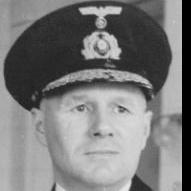

.thumb.jpg.01519be10bffd11b79e46a17c7194f22.jpg)
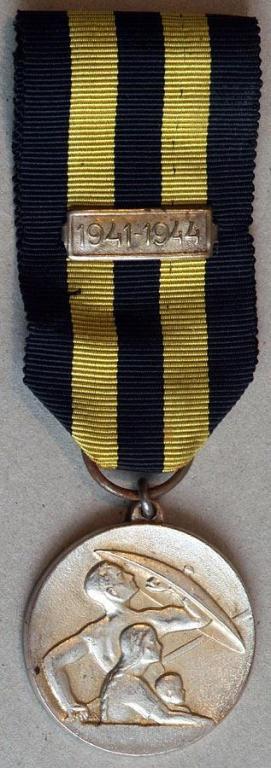
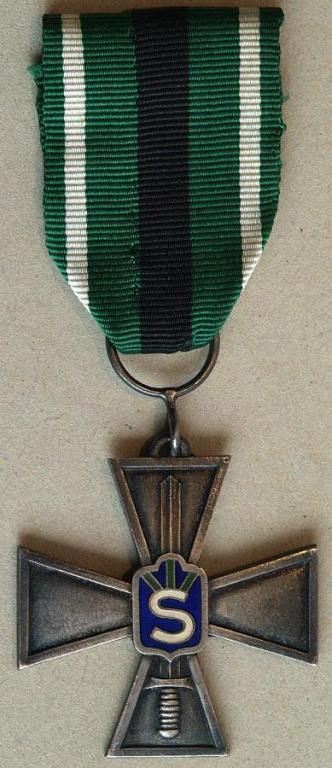
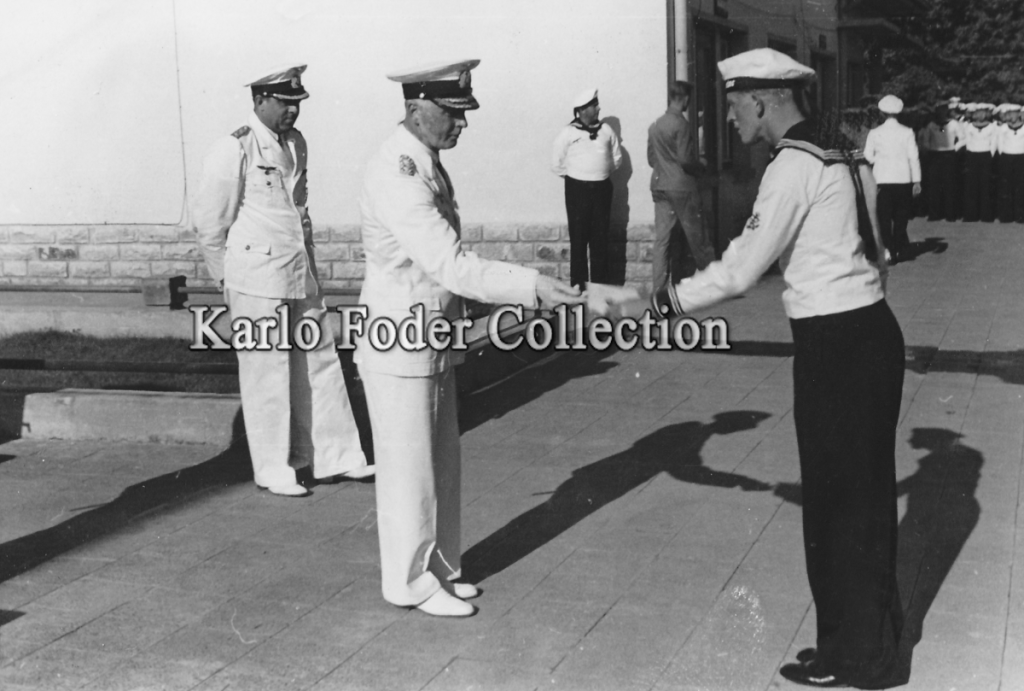

.thumb.jpg.d3b258e4e103a85752c4a869e82d388f.jpg)
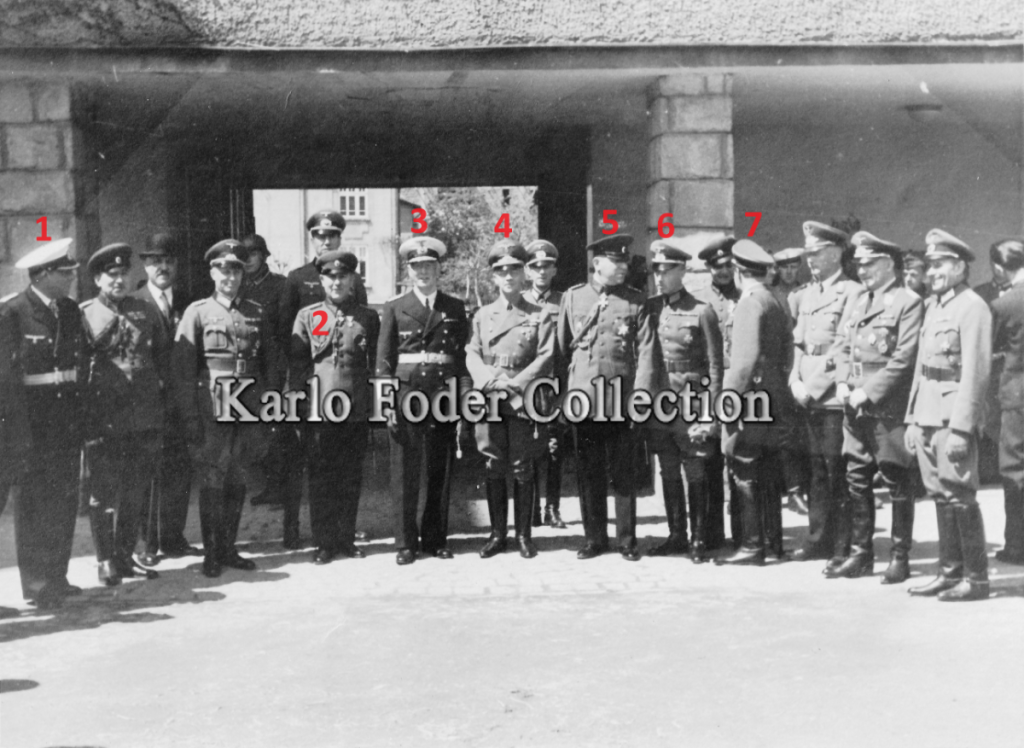
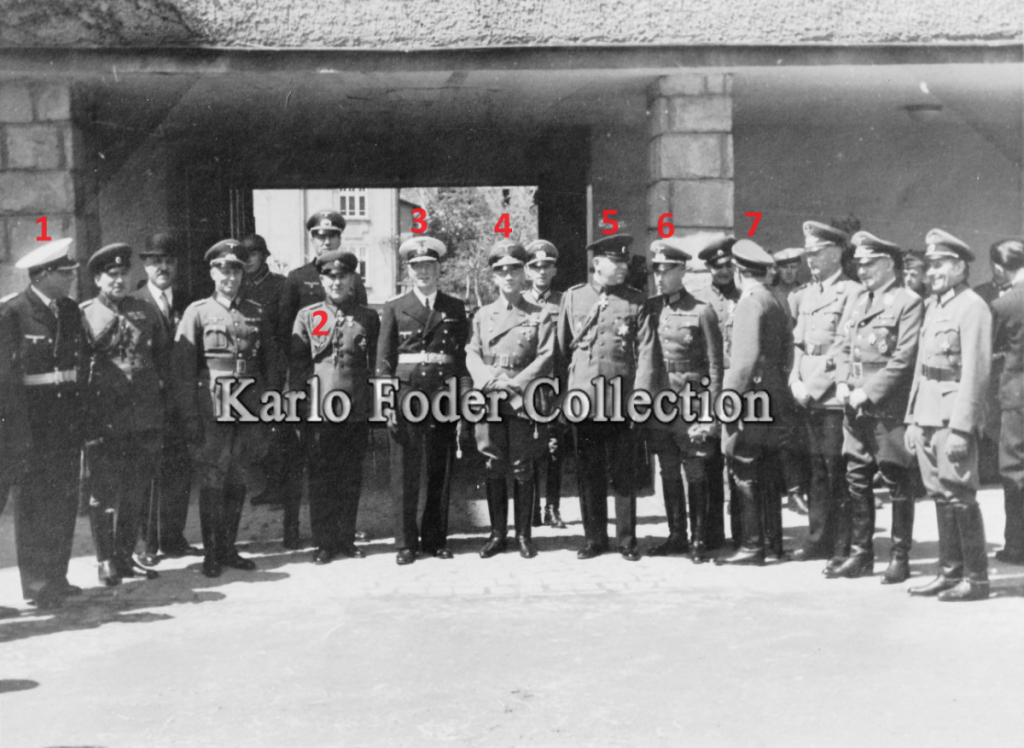
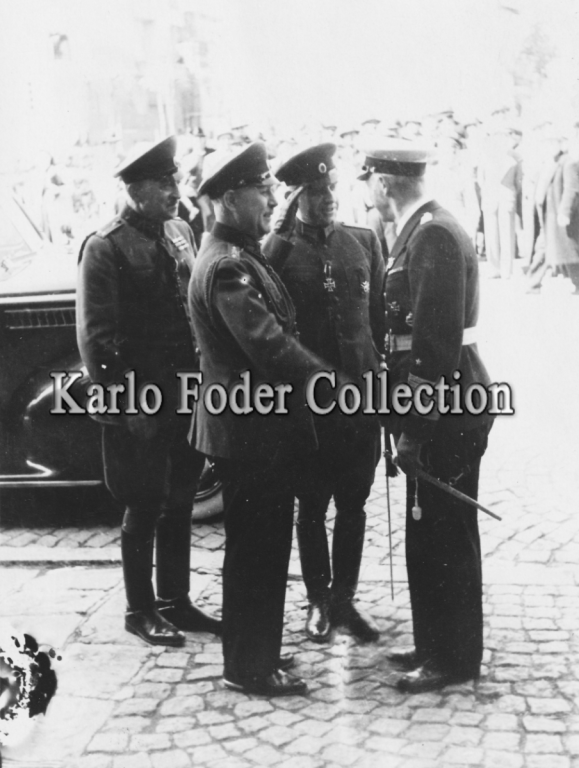

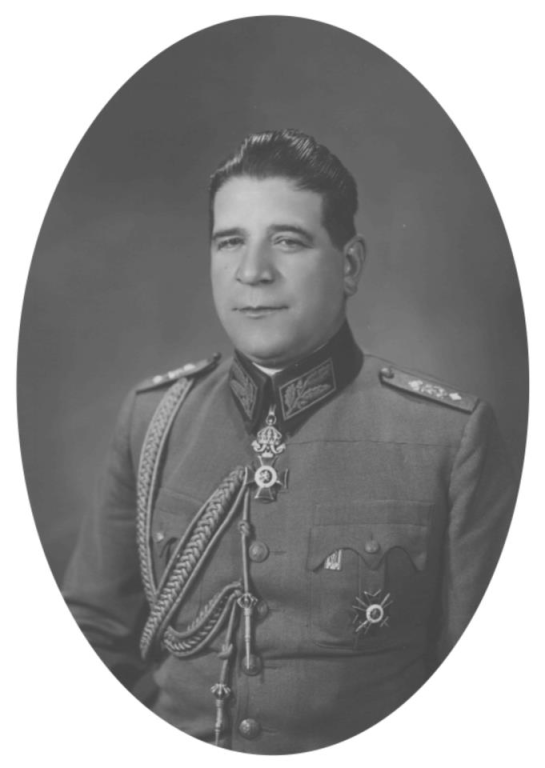
.thumb.jpg.59a11d5ad4e507577be4b6b36cc30084.jpg)
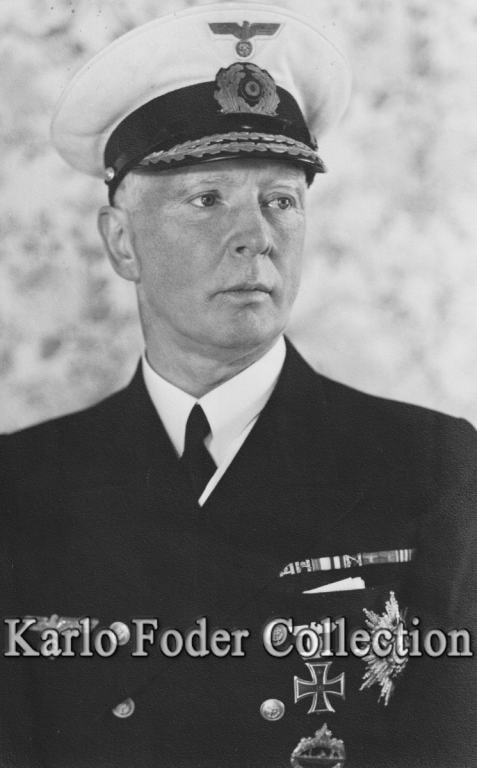
.thumb.jpg.7fc53bc04be3d1d0090d5323fc05e52e.jpg)
.thumb.jpg.2b80ac07f5757765f535419ef1449b71.jpg)
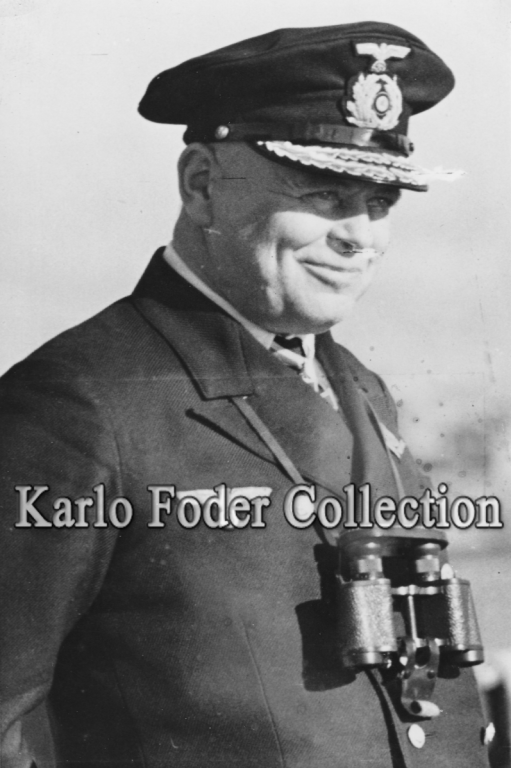
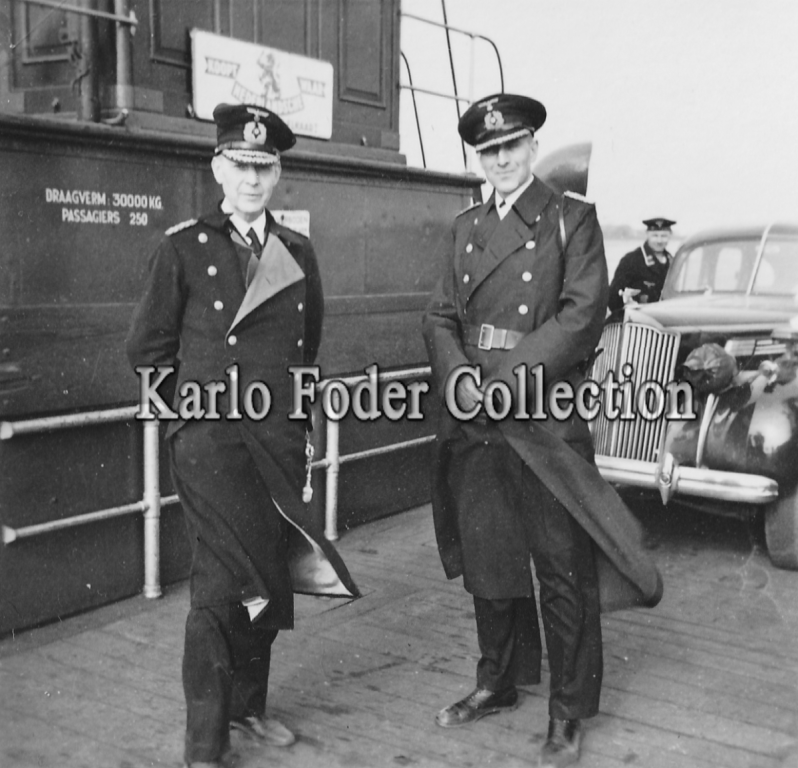
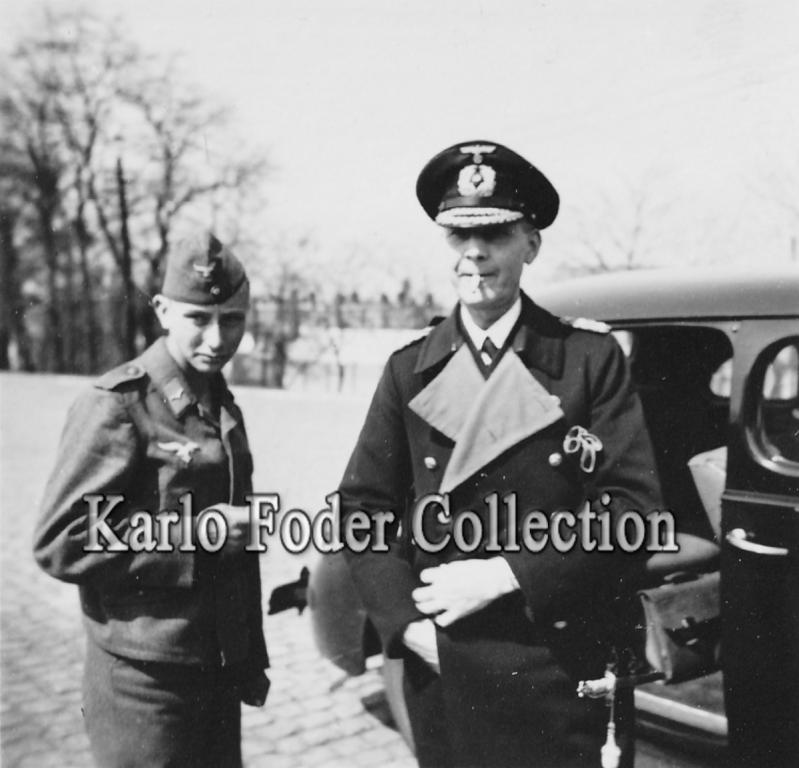
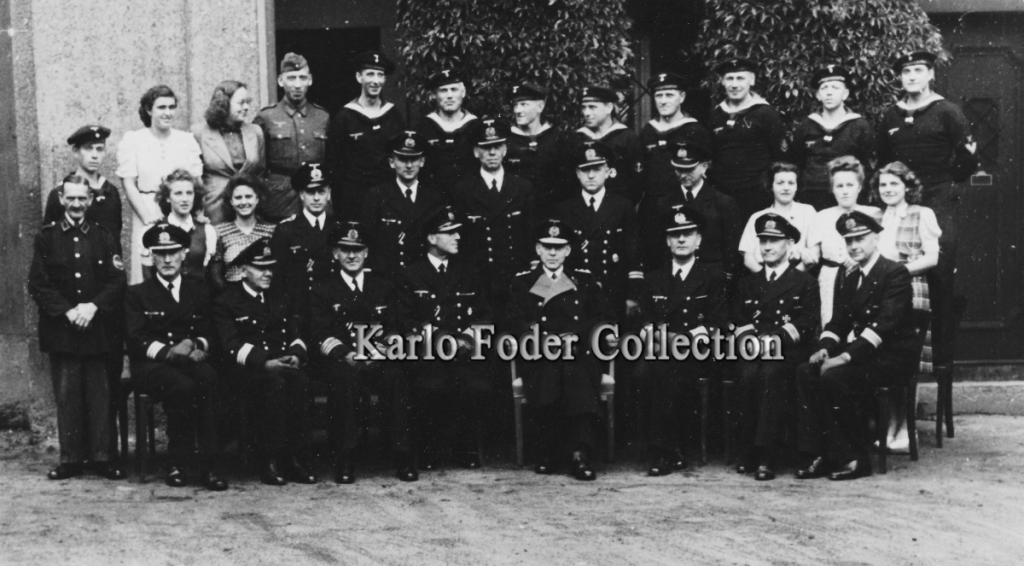
Danish, Norwegian, Swedish and Finnish orders/medals awarded to Kriegsmarine admirals
in Northern European & Baltic States
Posted · Edited by Kriegsmarine Admiral
@JohanH
Johan, can you please confirm if Fritz Conrad was awarded the Commander's Cross 2nd Class of the Royal Swedish Order of the Sword on 28 March 1934?
His rank at the time was Char. (honorary) Konteradmiral.
If the award date in the Swedish rolls is different from the one above, then this one must be the German approval date.
Thanks!